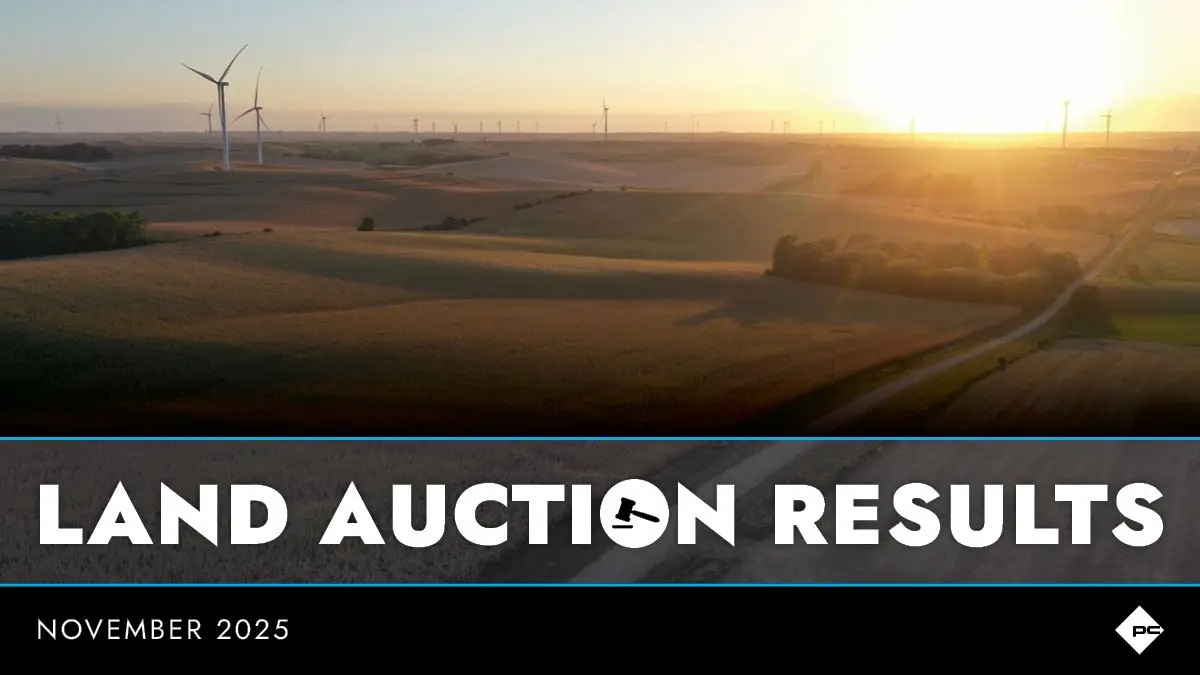Imagine holding a small, black pebble in your hand—about the size of a golf ball. Thanks to Kairos Power, I recently had the opportunity to do just that at the ROSA Energy conference. It doesn’t look like much, but this tiny nuclear fuel pebble contains as much energy as 4 tons of coal. That’s the kind of energy density nuclear power brings to the table.
While the U.S. debates the future of its energy mix, nuclear remains one of the most powerful and efficient sources of electricity available. Yet, despite its incredible potential, nuclear power faces economic, regulatory, and political barriers that have kept it from growing as fast as other energy sources.
Nuclear energy has long been a cornerstone of America’s power grid, providing reliable, carbon-free electricity. Yet, despite its potential, nuclear energy faces a mix of economic, political, and technological hurdles that keep it from growing as rapidly as other energy sources like natural gas and renewables. So, where does nuclear stand today, and what does the future hold?
Key Takeaways
• Nuclear power generates about 18-20% of U.S. electricity, but new plants are rare due to high costs and regulatory hurdles.
• Aging infrastructure means many of the 93 operating reactors in the U.S. will need upgrades or replacements soon.
• New nuclear technologies, like small modular reactors (SMRs), offer a promising path forward, but large-scale deployment is still years away.
How Much Nuclear Power Does the U.S. Use?
Nuclear energy supplies about 18-20% of the U.S. electricity mix, making it the largest single source of carbon-free power. There are 93 commercial nuclear reactors in operation today, spread across 28 states, with the largest concentration in Illinois.
However, while nuclear's share of total energy production has remained steady, its relative importance is shrinking as renewables like wind and solar grow at a faster rate.
Why Aren’t We Building More Nuclear Plants?
If nuclear is clean, reliable, and efficient, why aren’t we building more plants? The answer boils down to three major barriers:
1. High Costs – Building a new nuclear plant can cost $10 billion or more, making it difficult to compete with cheaper options like natural gas and renewables.
2. Regulatory Hurdles – Strict regulations and long approval processes can delay projects for a decade or more.
3. Public Perception & Political Opposition – High-profile disasters like Chernobyl and Fukushima have made the public wary of nuclear energy, despite the U.S. having a strong safety record.
The Role of Small Modular Reactors (SMRs)
One potential game-changer for the industry is Small Modular Reactors (SMRs). These compact, factory-built reactors are cheaper, safer, and easier to deploy than traditional large-scale nuclear plants. Companies like NuScale Power are leading the charge, with the first commercial SMR projects expected to go online by the early 2030s.
Potential Benefits of SMRs:
✔ Lower upfront costs compared to traditional reactors
✔ Faster construction and deployment
✔ Enhanced safety features with passive cooling systems
✔ Scalability, allowing for flexible power generation
The Future of Nuclear Energy in the U.S.
Despite the challenges, nuclear energy is gaining bipartisan political support as the U.S. looks for ways to cut carbon emissions while maintaining grid reliability. The Inflation Reduction Act (IRA) of 2022 included incentives for nuclear energy, and the federal government is investing in advanced reactor technologies.
While large-scale nuclear expansion is unlikely in the near term, innovations like SMRs, next-generation reactors, and improved waste management could help revive the industry in the coming decades.
Final Thoughts
Nuclear energy remains one of the most reliable and low-carbon energy sources available, but high costs and regulatory barriers have slowed its growth. However, new technologies and government support could pave the way for a nuclear comeback. Whether that happens will depend on whether policymakers, industry leaders, and the public can align on a realistic path forward.







